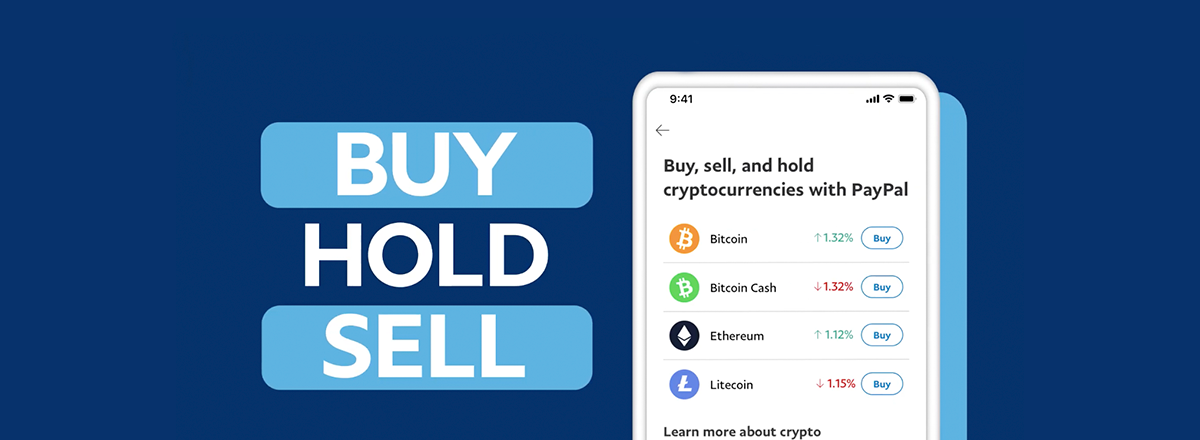PayPal has introduced its own stablecoin, PayPal USD (PYUSD), which is pegged to the U.S. dollar. The new stablecoin, fully backed by U.S. dollar deposits and short-term U.S. Treasuries, is set to gradually become available to eligible U.S. PayPal customers. This initiative aims to strengthen PayPal's foothold in the digital payment landscape and cater to the growing demand for stablecoins in the market.
Today, we’re unveiling a new stablecoin, PayPal USD (PYUSD). It’s designed for payments and is backed by highly liquid and secure assets. Starting today and rolling out in the next few weeks, you’ll be able to buy, sell, hold and transfer PYUSD. Learn more https://t.co/53RRBhmNHx pic.twitter.com/53ur2KmjU7
— PayPal (@PayPal) August 7, 2023
PayPal's CEO, Dan Schulman, views this as an opportunity to combine the digital and fiat currency realms, fostering seamless transactions and enabling the integration of digital assets into mainstream experiences.
As an ERC-20 token built on the Ethereum blockchain, PayPal USD brings a range of benefits to the table. Beyond its inherent stability due to its 1:1 peg to the U.S. dollar, it also carries the advantages of speed, low transaction costs, and compatibility with blockchain protocols.

As a regulated stablecoin issued on the Ethereum blockchain, PayPal USD is expected to find compatibility within the web3 ecosystem, enhancing its accessibility and usability for a range of transactions, from peer-to-peer payments to international remittances.

The introduction of PayPal USD is not merely a technological advancement but also a strategic maneuver for the company. Amidst an ever-growing interest in digital currencies and stablecoins, PayPal aims to solidify its position as a dominant player in the digital payment landscape.














